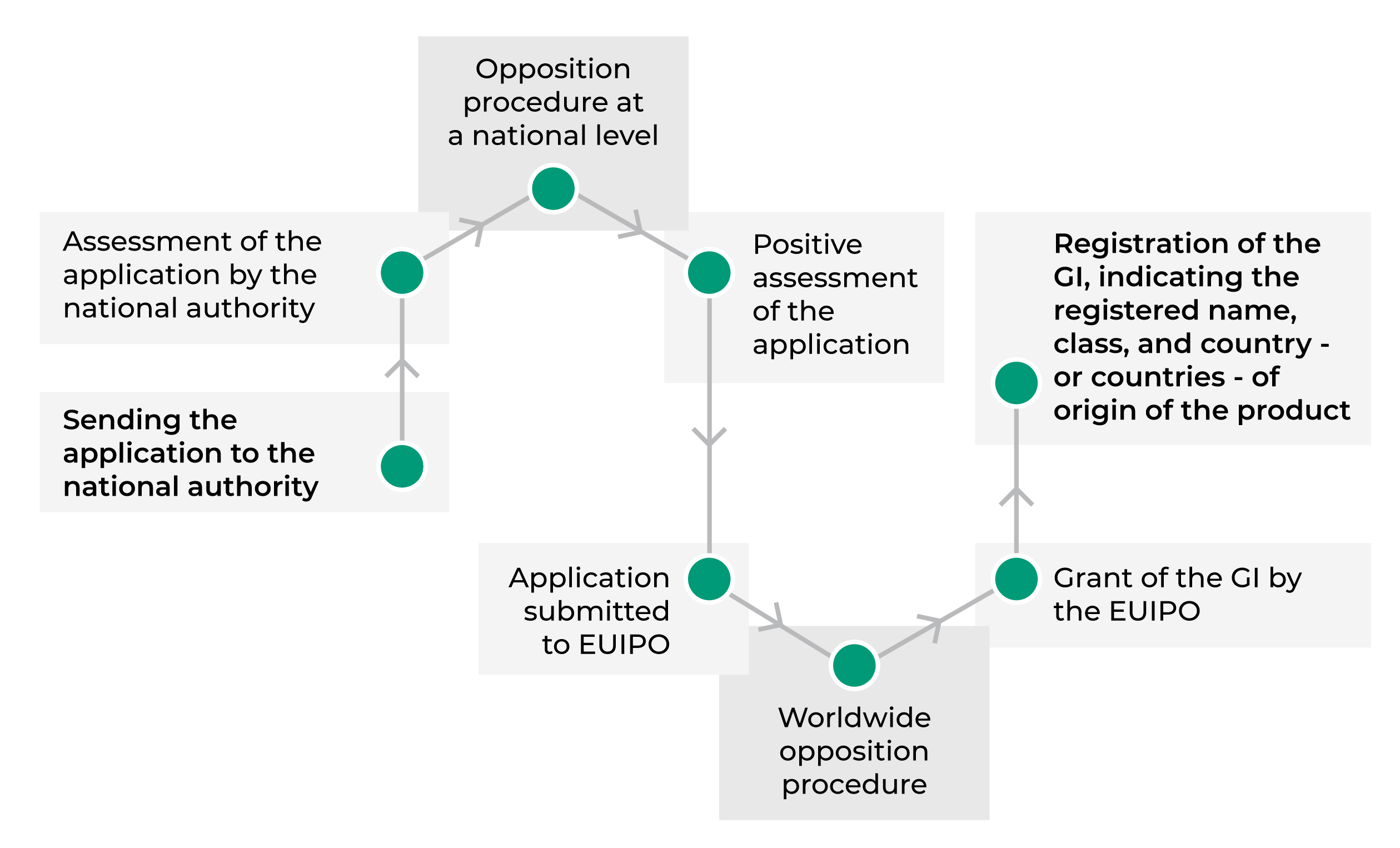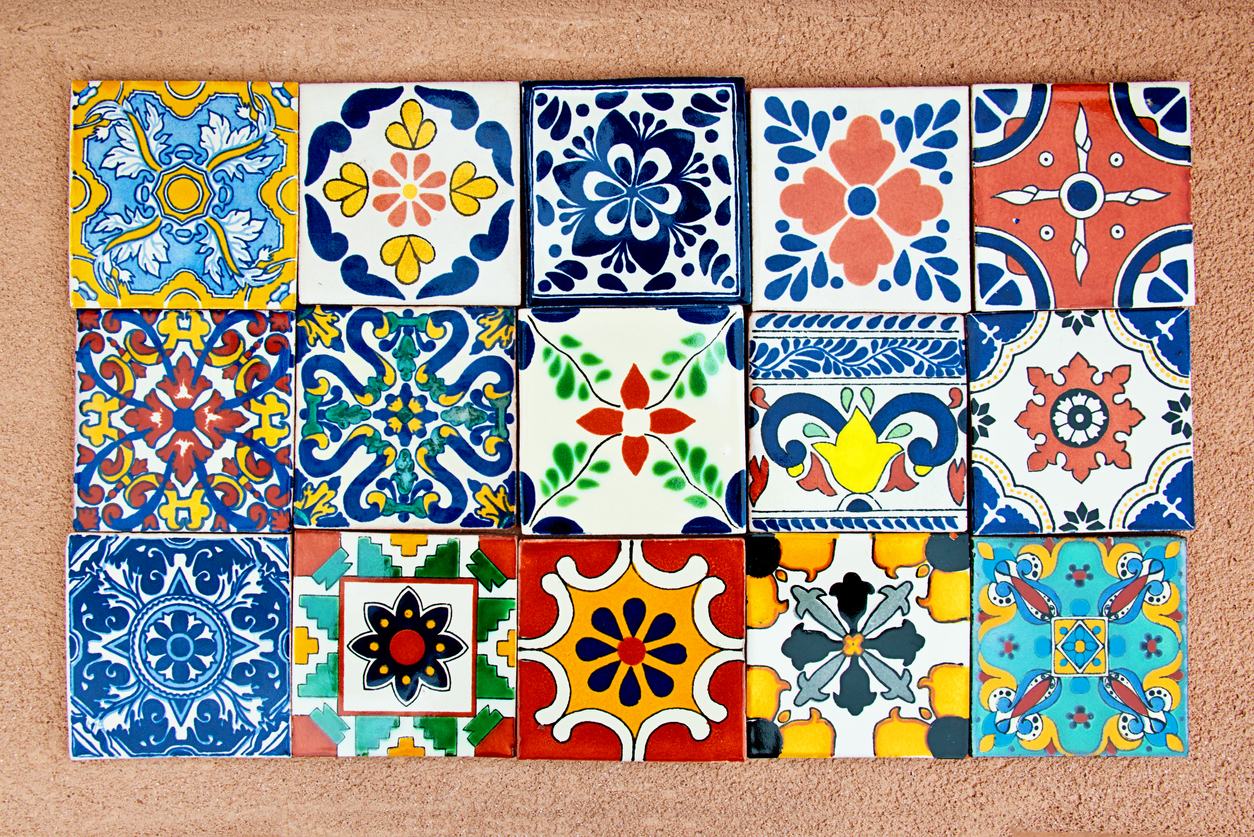An EU proposal for a regulation could help protect craft products and the qualities attributed to specific local skills and traditions.
Talavera pottery, Elche footwear and Albacete knives are undoubtedly well-known the world over. The challenge now is to protect them on the register as geographical indications of craft and industrial products.
The EU specifically protects Geographical Indications (GI) for wines, spirit drinks and other agricultural products and foodstuffs. For example, the GI Champagne or the GI Prosciutto di Parma. However, until now, there was no EU-wide mechanism to protect the qualities attributed to specific local skills and traditions relating to craft and industrial products, such as glass, lace, ceramics and knives.
A GI is a sign used to indicate that a product has a specific geographical origin and possesses a certain reputation or qualities due to that place of origin. This is why a GI usually includes the designation of the place of origin. This means that all producer groups from an area that manufactures a given product in a prescribed way can collectively use the GI.
As a result, the Commission has presented a Proposal for a regulation on GIs for craft and industrial products. “Craft products” are defined as products produced either totally by hand or with the aid of manual tools or including by mechanical means, whenever the direct manual contribution is still the most important component of the finished product.
‘Industrial products‘ are, in turn, products produced in a standardized way, typically on mass scale and through the use of machines.
Once adopted, the Regulation could be applied to different categories of products such as ceramics, porcelain, glass, furniture, jewelry, textiles or lace.
How will EU protection be made compatible with specific national GI protection?
In the Member States, non-agricultural products are protected by legislation on unfair competition or misleading conduct, and also by trademark legislation which provides some protection through collective and guarantee marks. Some Member States such as Belgium, Bulgaria, Croatia, or the Czech Republic currently offer GI protection to non-agricultural products through various sui generis systems. The laws of those countries take various forms ranging from national or regional regulations for particular industries (such as ceramics for example), to specific laws for a certain product (i.e. Solingen knives) or national or regional laws that protect all non-agricultural GI products.
As far as Spain is concerned, there is a sui generis law on geographical indications that protects craft products in the Murcia Autonomous Community. Crafts Law 1/2014, of March 13, 2014 of the Murcia Autonomous Community implements the Craft Register of the Murcia Autonomous Community, which allows individuals and legal entities entered on the register to use the designation “Artesanía Región de Murcia” and the craft quality sign, among other rights.
The different national laws have given rise to different levels of legal protection throughout Europe, creating a great deal of legal uncertainty. This, together with the absence of a cross-border system that mutually recognizes national protection systems, means that craft and industrial products producers who are interested in protecting a GI at an EU level, have to file an application in each Member State, which is very costly.
The new regulation that Brussels wants to have in place in 2024, will replace existing national geographical indications schemes. As a result, protection will be applied throughout the EU and manufacturers will not have to file applications in each country, making it the ideal instrument to solve the lack of harmonization and reduce the likelihood of confusion among consumers and producers.
Manufacturers’ associations and regions from all over the EU have been calling for this proposal, which is pending approval by the European Parliament, for years. Specifically, in 2021, the regions and autonomous cities of Spain presented a joint declaration to the European Committee of the Regions asking for the protection that is already afforded at a community level to certain food items through Protected Geographical Indications, to be extended to craft and industrial products.
What about international protection?
European protection is fully compatible with the international protection of geographical indications. Several treaties administered by the World Intellectual Property Organization (WIPO) envisage protection for GIs. In particular, the Geneva Act of the Lisbon Agreement, on Appellations of Origin and Geographical Indications, adopted on May 20, 2015 and in force since February 26, 2020, makes the international protection system for names of products whose quality is linked to their origin, extensive to geographical indications together with appellations of origin. In this regard, the regulation ensures that producers are able to take full advantage of the opportunities offered by the Geneva Act and therefore, to benefit fully from the international framework for the registration and protection of geographical indications (“Lisbon system”).
In this regard, the protection of GIs allows producers in the EU to request international protection for their craft and industrial products in other markets in third countries that are parties to the Geneva Acta and vice versa; that is, third countries and organizations, parties to the Geneva Act can obtain GI protection for their craft and industrial products throughout the EU.
What criteria must the name of a product meet in order to claim GI protection?
The product must comply with the following eligibility requirements related to the geographic quality of the product:
- originate in a specific place, region or country;
- have a quality, reputation or other characteristic that is essentially attributable to its geographical origin; and
- have at least one production step taking place in the defined geographical area.
How will the registration process work in practice?
The registration process will consist of the following steps:

The system has been devised so that the national authority can carry out this initial examination, in which it will assess the applications, together with the local producers’ agreed product specifications. The idea is to have a quick and efficient registration system in place from a cost standpoint.
What are the benefits of GI protection for producers and consumers?
Principally to ensure a fair market that is able to fight counterfeit products, which undoubtedly undermine the quality of these craft products. The proposal seeks to help producers market their creations, which can be advertised using the same logo on the product labeling.
This enables producers to control the offer, avoiding saturation in the market and find ways of collaborating with the local authorities, in order to improve the competitiveness and visibility of the product.
Consumers can rest assured that the product they are acquiring has certain unique characteristics, related to reputation, identity, authenticity and quality of the place of production.
The above helps to increase employment in the regions, which are mostly rural and to attract tourists, especially being in mind that the majority of the products are often made based on local know-how and following local production methods that are rooted in the cultural and social heritage of their home region.
In short, the processing of a proposal that helps to maintain traditions linked to the production of craft products in a particular geographic area deserves to be monitored very closely.
Isabel Pascual de Quinto Santos-Suárez






